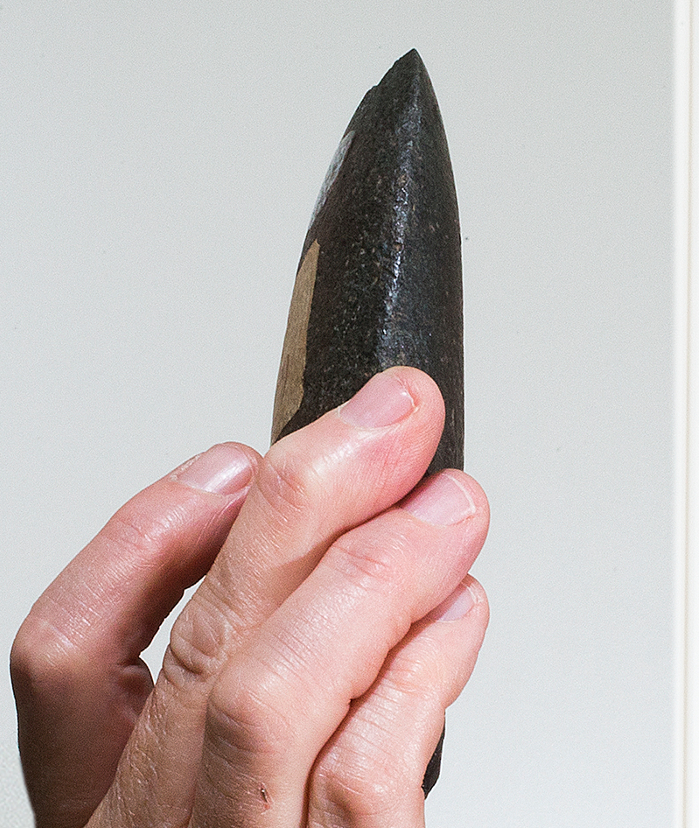Stone study shows early links
 A study of prehistoric stone tools shows the interconnectedness of early humans.
A study of prehistoric stone tools shows the interconnectedness of early humans.
A team of international scientists have revealed that early humans across southern Africa made a particular type of stone tool - the ‘Howiesons Poort’ backed artefact - in the same shape.
The experts say their findings prove that the populations must have been in contact with each other, despite being spread across immense distances.
The backed artefact has been associated with many different domestic activities such as cutting and scraping, and hunting activities (they were sometimes part of projectiles).
The researchers report that the artefacts, also known as the ‘stone Swiss Army knife’ of prehistory, were made to a similar template across great distances and multiple biomes.
These artefacts were produced in enormous numbers across southern Africa at this time, roughly 65-60 thousand years ago.
These tools were made in many different shapes across the world, but because the people across southern Africa all chose to make the tools look the same, it indicates they must have been sharing information and communicating with each other, according to lead author Dr Amy Mosig Way - an archaeologist at the Australian Museum and University of Sydney.
“People have walked out of Africa for hundreds of thousands of years, and we have evidence for early Homo sapiens in Greece and the Levant from around 200 thousand years ago. But these earlier exits were overprinted by the big exit around 60-70 thousand years ago, which involved the ancestors of all modern people who live outside of Africa today,” Dr Way said.
“Why was this exodus so successful where the earlier excursions were not? The main theory is that social networks were stronger at this time. This analysis shows for the first time that these social connections were in place in southern Africa just before the big exodus.”
“While the making of the stone tool was not particularly difficult, the hafting of the stone to the handle through the use of glue and adhesives was hard, which highlights that they were sharing and communicating complex information with each other,” added fellow researcher Dr Paloma de la Peña.
“What was also striking was that the abundance of tools made in the same shape coincided with great changes in the climatic conditions. We believe that this is a social response to the changing environment across southern Africa.”
Ancient humans relied on cooperation and social networking, and this research provides early dated observation of this behaviour, says Australian Museum chief scientist Professor Kristofer Helgen.
“Examining why early human populations were successful is critical to understanding our evolutionary path. This research provides new insights into our understanding of those social networks and how they contributed to the expansion of modern humans across Eurasia,” Professor Helgen said
Dr Way said another fascinating fact about this particular tool – the backed artefact – is that it was made independently by many different groups of people across the world, including here in Australia.
“I compared some of the Australian shapes from five thousand years ago with the African shapes 65 thousand years ago (as they can’t possibly be related), to show the southern African tools all cluster within a much larger range of possible shapes,” Dr Way said.
The full study is accessible here.








 Print
Print